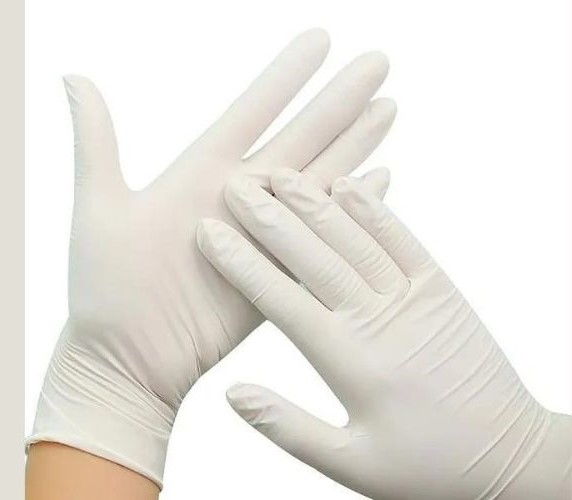Hospitals invest significant money in reusable gadgets and surgical instruments since over 200 million procedures are performed annually worldwide. Assuming 250 beds, the typical hospital may spend $2–3 million on surgical instruments and equipment. Hospital operating rooms are the primary source of income, and surgical instruments are essential to executing surgical treatments. To function as intended, surgeons rely heavily on them. For what duration should we use our surgical instruments? It is dependent upon numerous things. Make sure to buy surgical gloves for every clinical and surgical approach.
In addition to conducting several quality assurance tests, instrument makers conduct a final inspection before shipping. Hospitals are urged to check the instruments as soon as they are received to ensure there was no damage during delivery.
Essential ways to surgical Intrumen care to upkeep the security of the patients:
Patient safety is the top priority for healthcare professionals. When patients are treated with the proper risk-management techniques, their chances of recovering their health are at their highest.
A risk-management strategy includes planned, routine maintenance. For precise chemical analysis and imaging, clinicians depend on surgical instrumental material. A small miscalibration of this equipment can significantly affect the recommended course of therapy and the patient’s recovery time.
Technicians can identify minor problems before they have an opportunity to compromise equipment functionality by adhering to the specified maintenance schedule. Accurate consistency is the key to insuring a device. Training personnel should regularly inspect the equipment before an uncorrected fault may seriously affect a patient’s health and well-being.
They know how to take care of tools before, during, and after surgery. Precleaning, sometimes called point-of-use cleaning, is the initial stage of instrument care. Instruments can stay clean throughout the surgical operation thanks to point-of-use cleaning. This crucial step, as outlined in the manufacturer’s IFUs, aims to shield the instrument from bioburden and biofilm formation and to give the surgeon an instrument free of blood and debris. As a result, the guidelines state that after the surgical procedure, instruments should be sprayed with an enzymatic cleaner to break down bioburden before being transported to the SPD for manual handling. Biofilm can form within minutes of the procedure.
Saline cleaning solutions or prolonged immersion of tools in any liquid (water or saline) will eventually cause pitting on surgical instruments. Little pockets or dives on the instrument are indicative of pitting. A skilled repairer may polish out an instrument that exhibits pitting.
The Bottom Line
Surgical instrumental material are vital to the medical field’s ability to perform surgeries safely and successfully. These devices are painstakingly conceived and engineered to achieve maximum accuracy in completing particular duties. However, many medical practitioners frequently forget how important it is to maintain surgical instruments properly. The significance of surgical tool maintenance and its advantages for patients and healthcare professionals will be discussed in this blog.











